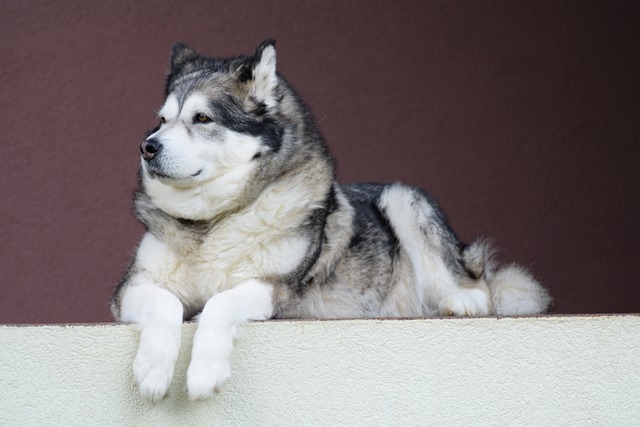
How to train a dog to stop barking at noises?
That sudden burst of barking when a car backfires or a neighbor shuts a door can jolt anyone—including your dog, who's probably just as startled as you are.
If you’ve ever stood in the pet store, staring at shelves of dog treats labeled “training” or “everyday,” you might’ve wondered if there’s a real difference. New dog owners, like my cousin who’s teaching her beagle, Charlie, to “stay,” often grab whatever’s cheapest—only to find Charlie loses interest mid-session. But after switching to a bag marked “training treats,” his focus improved dramatically. The truth is, training treats and regular treats serve different purposes, and knowing which to use when can make training easier and more fun for both of you.
Training treats are designed to keep a dog’s attention during learning, while regular treats are more about occasional rewards or snacking. Think of it like the difference between a quick energy boost (a piece of chocolate) and a hearty snack (a granola bar). Training treats are tiny—usually the size of a pea—so you can give them often without overfeeding. They’re also super tasty, with strong flavors like chicken, liver, or cheese, to keep your dog motivated. Regular treats, on the other hand, are bigger and chewier—things like biscuits or dental chews. They’re great for after a walk or as a boredom buster, but their size makes them slow to eat, which can break the flow of training. Charlie’s trainer explained it simply: “Training treats keep the game going; regular treats end the game for a snack break.”
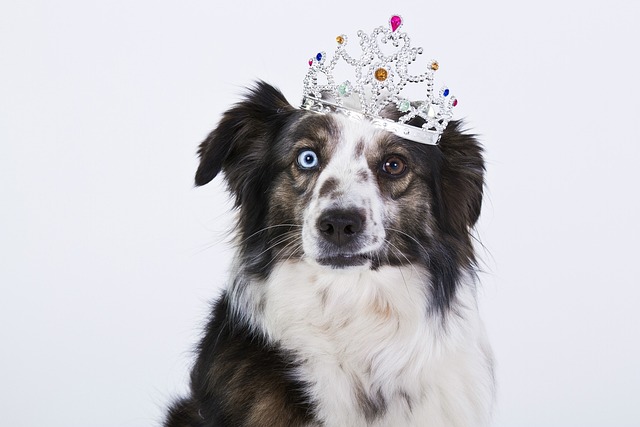
Choosing the right treat for the moment makes a big difference. For training sessions—whether you’re teaching “sit” in your living room or “leave it” at the park—grab training treats. Their small size lets you reward every little success (like a half-second “stay”) without filling your dog up. My cousin keeps a pouch of freeze-dried chicken bits in her pocket during walks; when Charlie ignores a squirrel, he gets a tiny piece, and they keep moving. Save regular treats for downtime: a biscuit in his Kong when he’s home alone, or a dental chew after dinner. In apartments, opt for low-mess training treats (no greasy bits that stain carpets) and avoid crumbly regular treats that leave a mess. Always adjust portions to your dog’s size—a Chihuahua needs smaller treats than a Labrador, whether training or everyday.
Using treats wisely ties into responsible pet ownership. Keep your dog’s rabies vaccine current—all U.S. states require it, and a well-trained dog (rewarded with the right treats) is a joy in public. When walking, carry training treats to reward good behavior like “heel” or “wait at curbs”—it makes walks polite and enjoyable for everyone. Always clean up after your dog with poop bags (fines for littering hit $150 in many cities) and remember: treats are part of positive reinforcement, not a replacement for love. Never scold a dog for not taking a treat; they might be full or distracted. With the right treats at the right time, training becomes a bond-building game, and everyday treats become little moments of happiness.

That sudden burst of barking when a car backfires or a neighbor shuts a door can jolt anyone—including your dog, who's probably just as startled as you are.
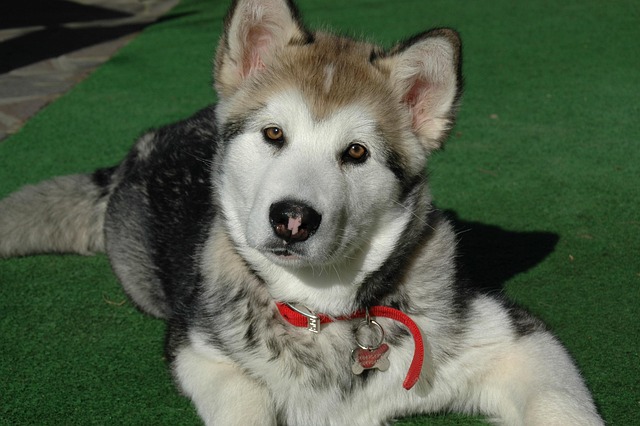
Teaching your dog basic commands isn’t just about showing off tricks at the park—it’s about building trust, keeping them safe, and making daily life smoother for both of you.
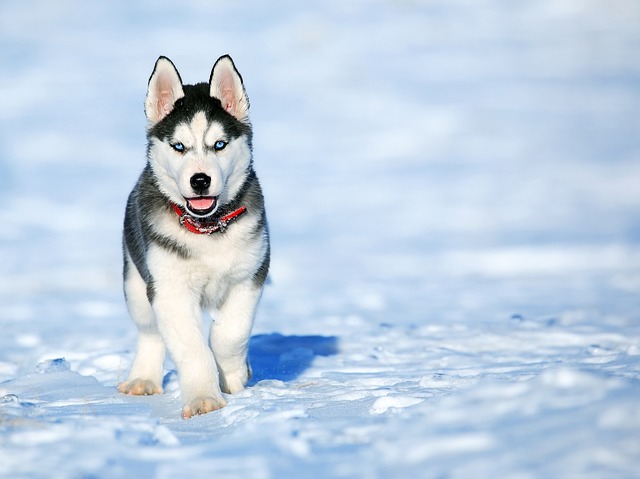
The moment you bring that wiggly ball of fur home,the clock starts ticking—but not in a rush.House training a puppy isn't about waiting for some magical age;it's about reading their signals and starting gently when they're ready to learn.
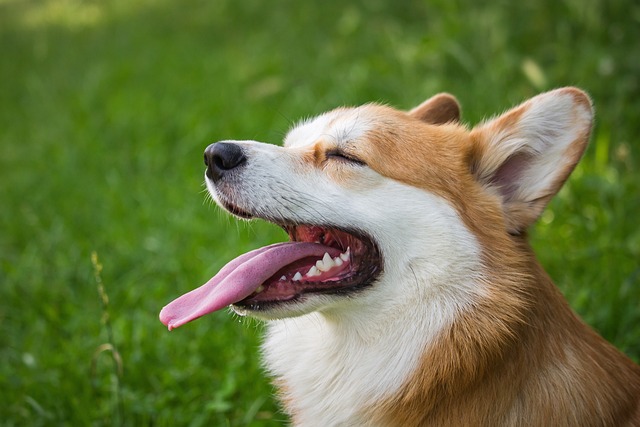
Bringing home a new dog—whether a wiggly puppy or a calm adult—fills your days with tail wags and slobbery kisses. But sooner or later, every owner wonders: When's the best time to start training?
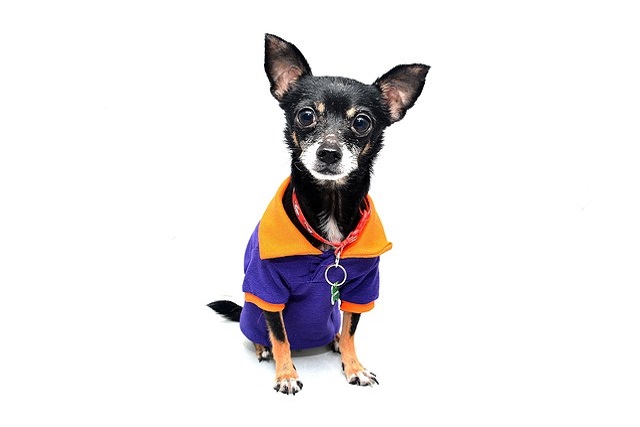
Does apple cider vinegar kill worms in dogs? It’s a question that pops up often in dog owner circles, especially among newbies in the US who prefer natural remedies.
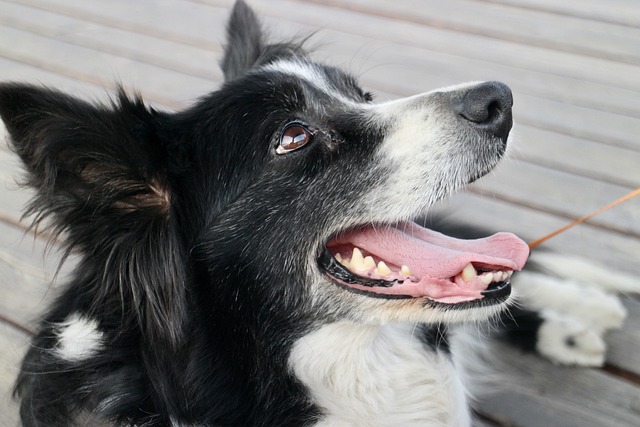
Puppies are bundles of energy, but when that energy turns into growling, nipping, or lunging, it can be worrying. Aggression in puppies often stems from fear, confusion, or a lack of proper socialization—rarely is it a sign of a "mean" dog.